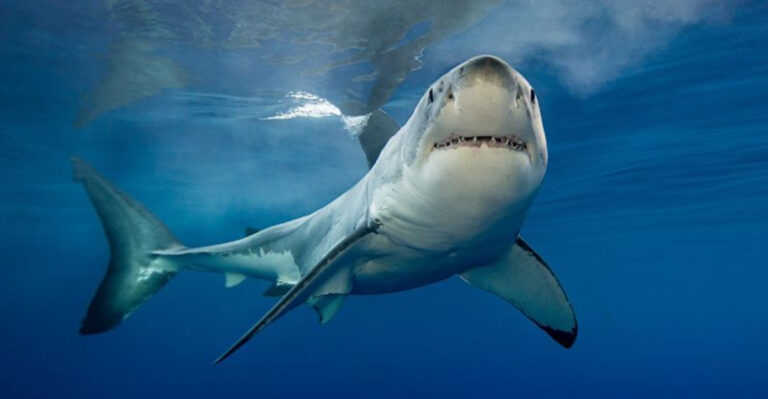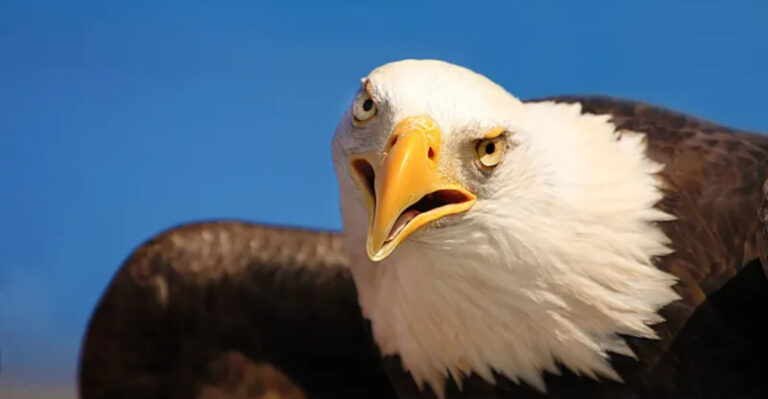15 Most Lethal North American Predators (According To Data)
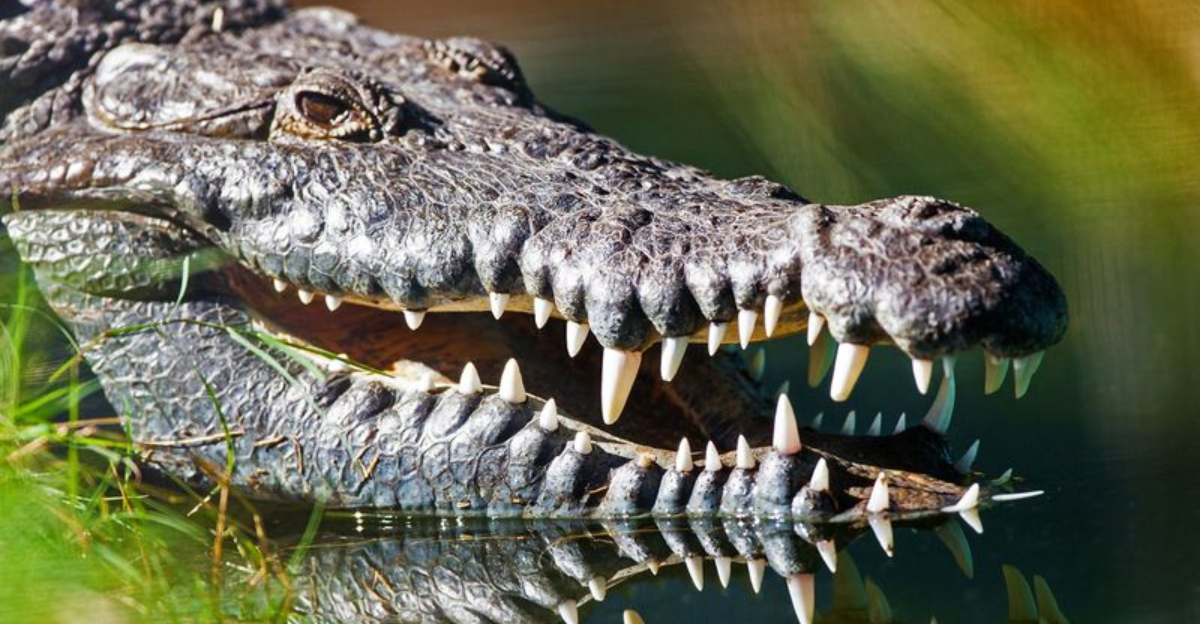
North America is home to some of the world’s most formidable hunters. From the depths of oceans to mountain peaks, these predators have evolved incredible hunting abilities that make them efficient killers.
While human encounters with these animals are relatively rare, understanding which species pose the greatest threat can help us better appreciate and safely coexist with these powerful creatures.
1. Brown Bears: The Wilderness Monarchs
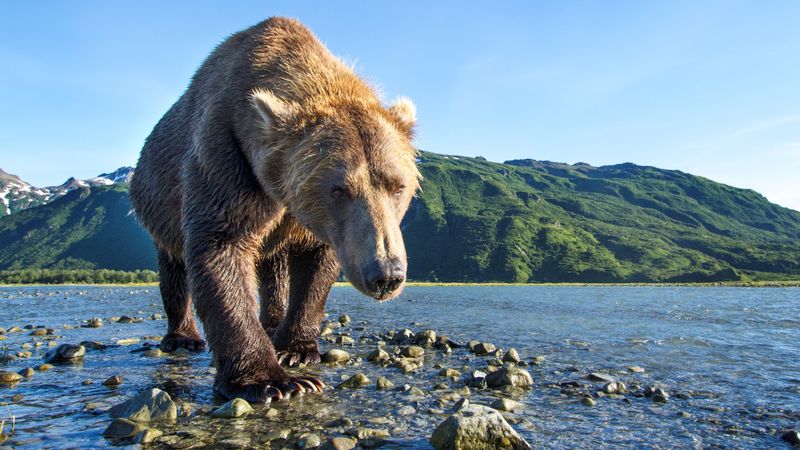
Standing nearly 10 feet tall on hind legs, brown bears command respect throughout North American wilderness areas. Their massive frames and powerful jaws exert bite forces exceeding 1,200 pounds per square inch—enough to crush a bowling ball.
Despite averaging only 1-2 human fatalities annually, these omnivores become particularly dangerous when protecting cubs or surprised by hikers.
Their remarkable speed—up to 35 mph in short bursts—means outrunning one is virtually impossible.
2. Mountain Lions: Silent Stalkers
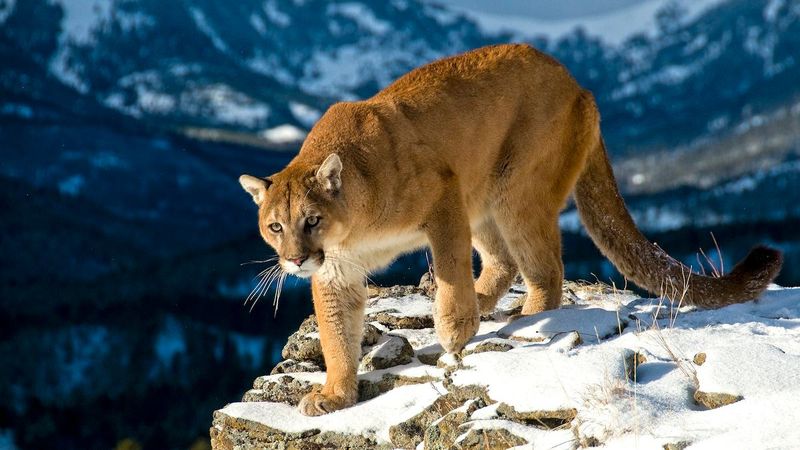
Ambush predators extraordinaire, mountain lions possess the strongest legs in the cat family relative to their size. These muscular limbs enable incredible 40-foot horizontal leaps and 15-foot vertical jumps when hunting.
Fatal attacks remain rare—averaging fewer than one per year—but populations are expanding into suburban areas.
Their stealth is legendary; many hikers never realize when they’ve been observed by these tawny ghosts of the forest.
3. Wolves: The Pack Hunters
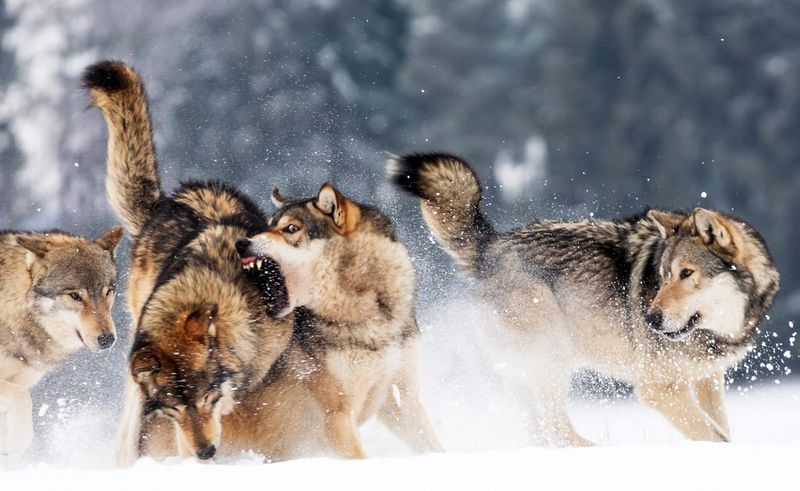
Gray wolves employ tactical genius when hunting. Their coordinated pack strategy involves members taking specific roles—some driving prey toward waiting ambushers, creating a deadly trap.
Pack communication includes at least 12 distinct vocalizations and sophisticated body language. Though wolf attacks on humans remain extremely rare in North America (fewer than two dozen documented fatal attacks in the last century), their methodical hunting approach makes them exceptionally efficient predators of deer, elk and smaller mammals.
4. American Alligators: Ancient Hunters
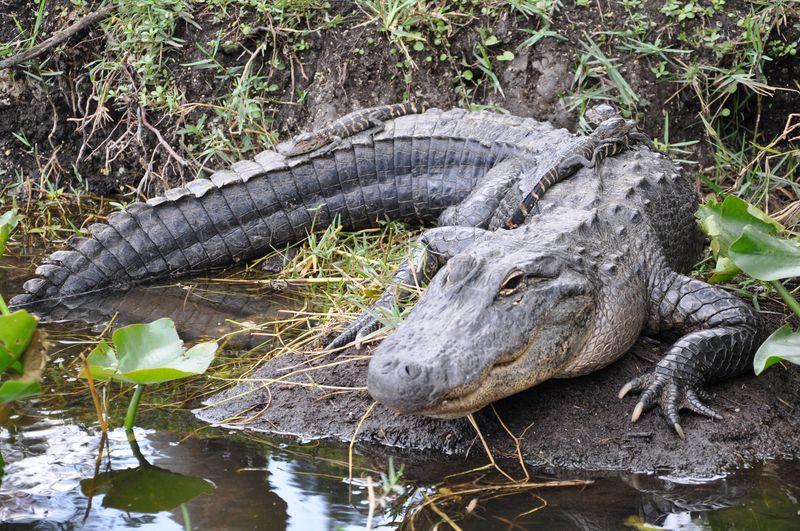
Biological marvels unchanged for 8 million years, American alligators possess bite forces exceeding 2,000 pounds—the strongest measured in any living animal. Their patience is unmatched; they’ll wait motionless for hours before striking with explosive speed.
Though responsible for only about one fatal attack annually in the U.S., their numbers have rebounded dramatically. Florida alone hosts over 1.3 million gators, creating increased human-alligator interactions as development encroaches on wetland habitats.
5. Great White Sharks: Ocean Apex Predators
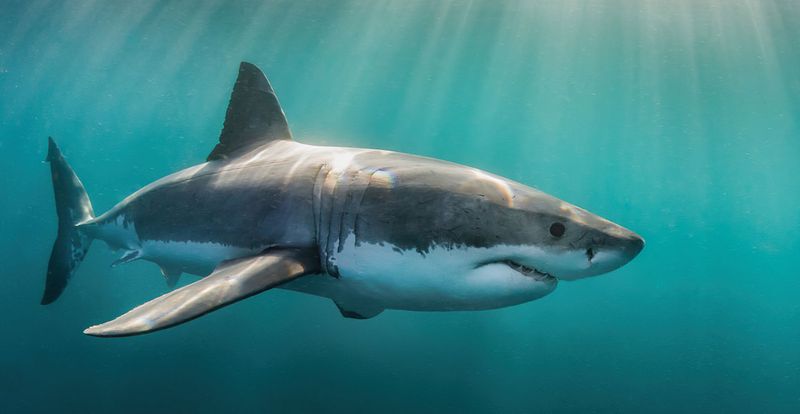
Masters of stealth attacks from below, great whites patrol North American coastal waters with unparalleled sensory abilities. They can detect a single drop of blood in 25 gallons of water and sense electrical fields generated by all living creatures.
Despite media portrayal, these sharks average just 1-2 fatal attacks annually in North American waters.
Their hunting strategy involves a devastating initial bite delivering up to 4,000 pounds of pressure—enough force to snap a kayak in half.
6. Polar Bears: Arctic Hunters
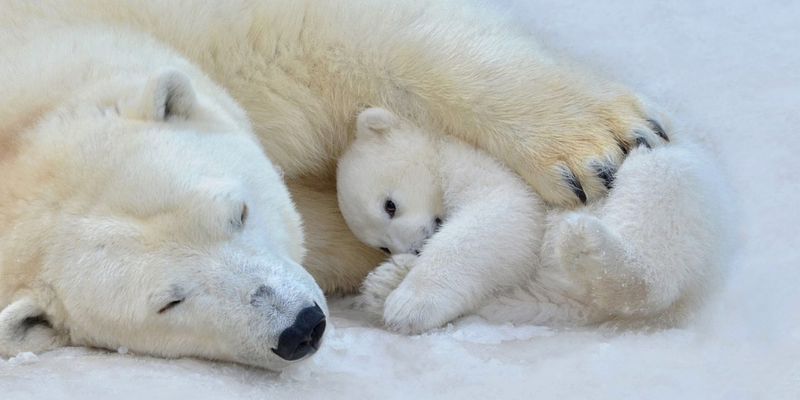
North America’s largest land predators, polar bears actively hunt humans when hungry—unlike most predators that avoid people. Their specialized liver can process seal blubber’s extreme vitamin A levels that would be toxic to humans.
Climate change has intensified human encounters as diminishing sea ice forces bears inland.
Their hunting efficiency is remarkable—they can smell seals through 3 feet of ice and patiently excavate breathing holes, waiting motionless for hours before striking with deadly precision.
7. Orcas: Intelligent Pack Hunters
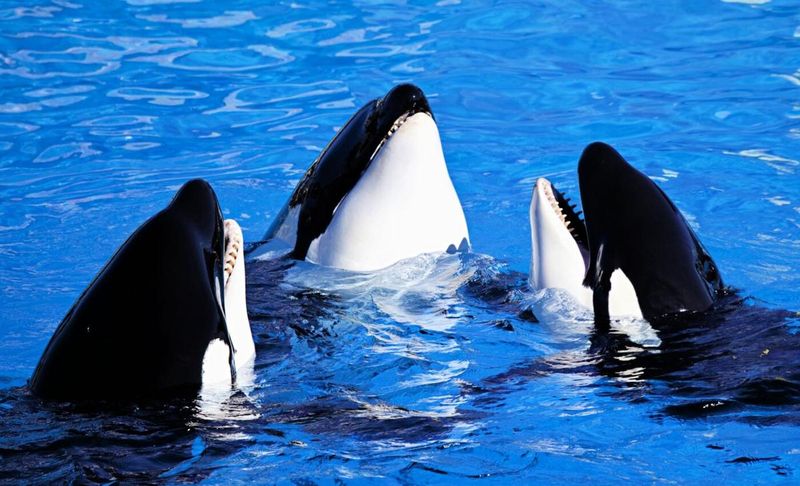
Orcas employ cultural hunting techniques passed through generations—some pods specialize in wave-washing seals off ice floes by coordinating synchronized swimming. Their tactical intelligence rivals military strategy.
While they’ve never fatally attacked humans in the wild, their hunting prowess is unmatched. Pacific Northwest orcas have been documented launching 6-ton great white sharks into the air before precisely extracting only the nutritious liver, leaving the rest untouched—a demonstration of both power and surgical precision.
8. Rattlesnakes: Venomous Ambushers
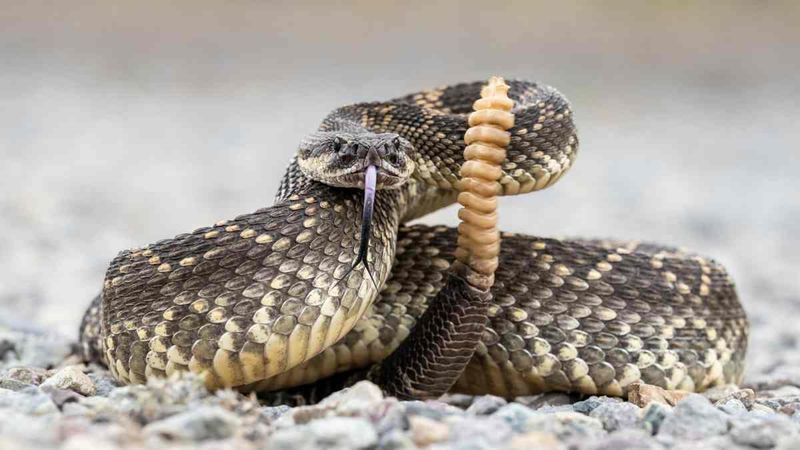
North America’s most dangerous serpents, rattlesnakes deliver precise venom injections through sophisticated hollow fangs. Their heat-sensing pits detect temperature differences as small as 0.003°C—essentially giving them thermal vision.
Responsible for approximately 5-10 fatal bites annually, their hemotoxic venom destroys tissue and prevents blood clotting.
The eastern diamondback delivers the deadliest bite, injecting enough venom to kill five adults, while the Mojave rattlesnake’s unique neurotoxic venom can cause respiratory failure.
9. Black Widow Spiders: Toxic Web-Weavers
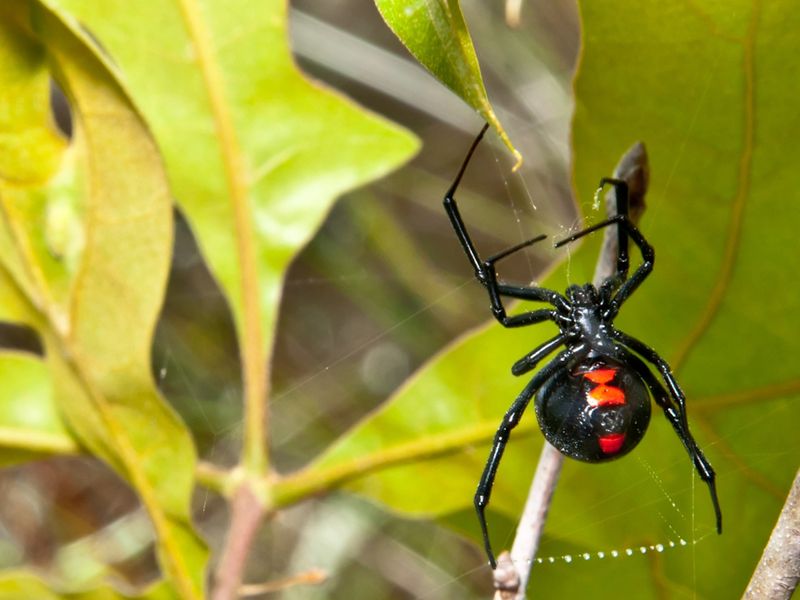
Gram for gram, black widow venom ranks among the most potent neurotoxins in North America—15 times stronger than rattlesnake venom. Their distinctive red hourglass marking serves as nature’s warning label.
These tiny assassins cause approximately 2,500 reported bites annually, though deaths are rare thanks to modern medical care.
Female widows occasionally practice sexual cannibalism, consuming males after mating—a behavior that inspired their ominous name and contributes to their fearsome reputation.
10. Bull Sharks: Freshwater Infiltrators
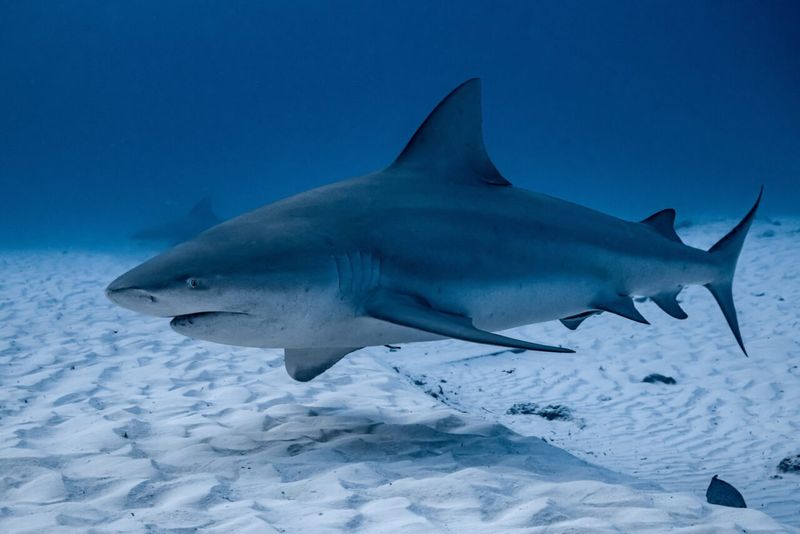
Unique among sharks, bull sharks possess specialized kidneys allowing them to swim thousands of miles up freshwater rivers. They’ve been spotted as far north as Illinois in the Mississippi River, bringing ocean predators into unexpected inland waters.
Their aggressive temperament and high testosterone levels make them particularly dangerous. Combined with their ability to thrive in murky, low-visibility environments where humans swim, they’re responsible for more attacks than any other shark species in North American waters.
11. Box Jellyfish: Transparent Killers
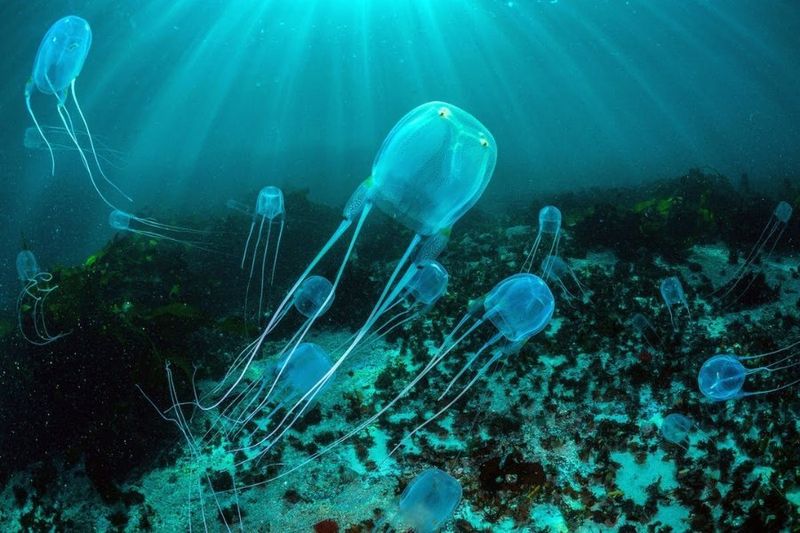
Gulf Coast waters harbor these nearly invisible predators with tentacles containing millions of microscopic venom-injecting harpoons. Unlike most jellyfish, box jellies actively hunt using 24 eyes grouped in clusters that can detect light, dark, and motion.
Their venom targets the heart, nervous system, and skin cells simultaneously. Though rare in North American waters compared to Australia, warming ocean temperatures have expanded their range northward along coastal areas, creating new danger zones for swimmers.
12. Wolverines: Pound-for-Pound Champions
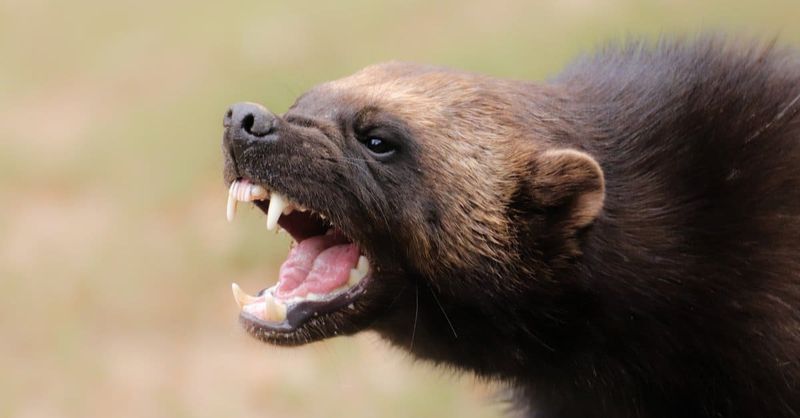
Despite weighing just 30 pounds, wolverines routinely drive bears and wolves from kills. Their jaws generate enough force to crunch through moose femurs and frozen carrion—earning them the nickname “bone-crushers” among biologists.
While human attacks are extremely rare, their ferocity is legendary. Native American tribes considered them embodiments of warrior spirits.
Their oversized paws act as natural snowshoes, allowing them to chase prey across deep snow where other predators would flounder.
13. American Crocodiles: Prehistoric Predators
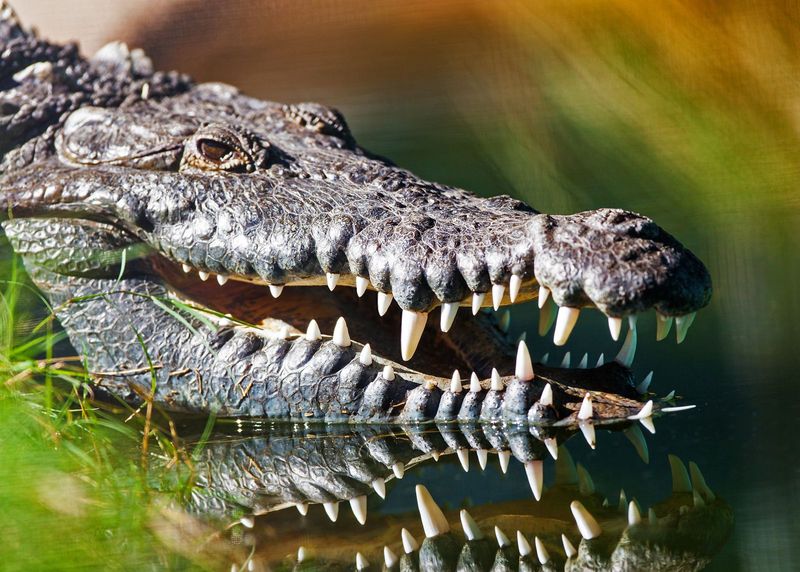
Less numerous but more aggressive than their alligator cousins, American crocodiles inhabit Florida’s southern tip and Caribbean coastlines. Their bite force exceeds 3,700 pounds per square inch – powerful enough to crush a turtle’s shell.
Unlike alligators, they possess special glands allowing them to drink saltwater. This adaptation enables them to ambush prey along coastal areas where freshwater meets the sea. Though human fatalities are rare in North America, their opportunistic hunting behavior makes any warm-blooded creature a potential target.
14. Bobcats: Stealthy Solitaires
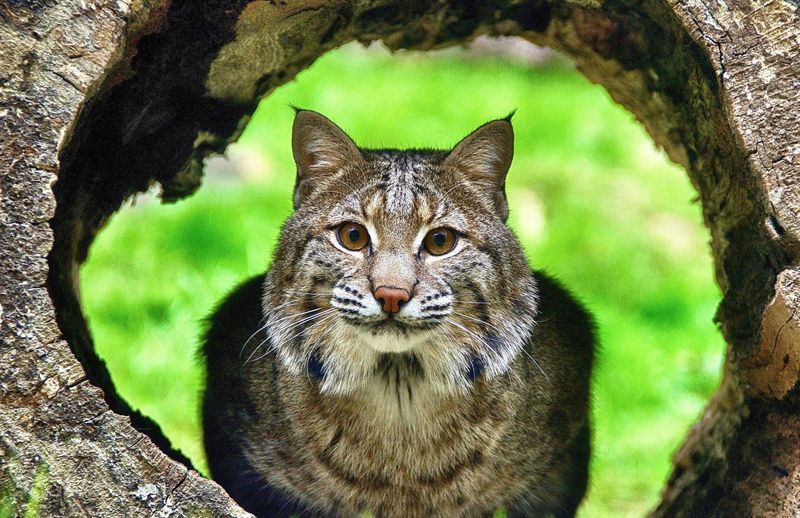
Known for their elusiveness, bobcats are solitary hunters that use stealth and surprise to capture prey. With their tufted ears and spotted fur, they blend seamlessly into forested environments.
Their agility allows them to climb trees and pounce with precision. Bobcats primarily hunt small mammals and birds, often stalking their prey silently before making a quick, lethal strike.
These predators are resourceful, adapting to diverse habitats including woodlands, swamps, and even suburban areas.
Their ability to thrive in proximity to human development underscores their adaptability and cunning nature.
15. Brain-Eating Amoeba: Microscopic Dangers
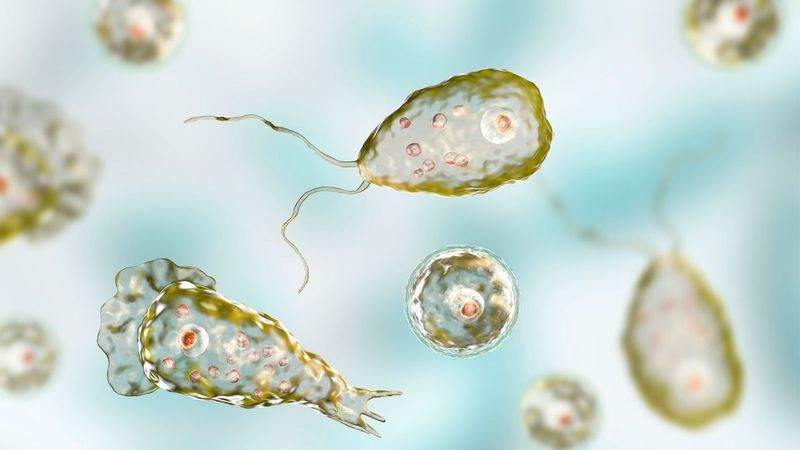
Lurking in warm freshwater across southern states, Naegleria fowleri represents nature’s deadliest microscopic predator. Once entering the human nose, these single-celled organisms follow nerve pathways directly to the brain, where they literally consume brain tissue.
With a 97% fatality rate, they’re statistically more lethal than any visible predator. Warming climate patterns have expanded their range northward into previously cool waterways.
Though infections remain rare (about 3 annually), their nearly perfect kill rate and expanding territory make them an emerging threat.



